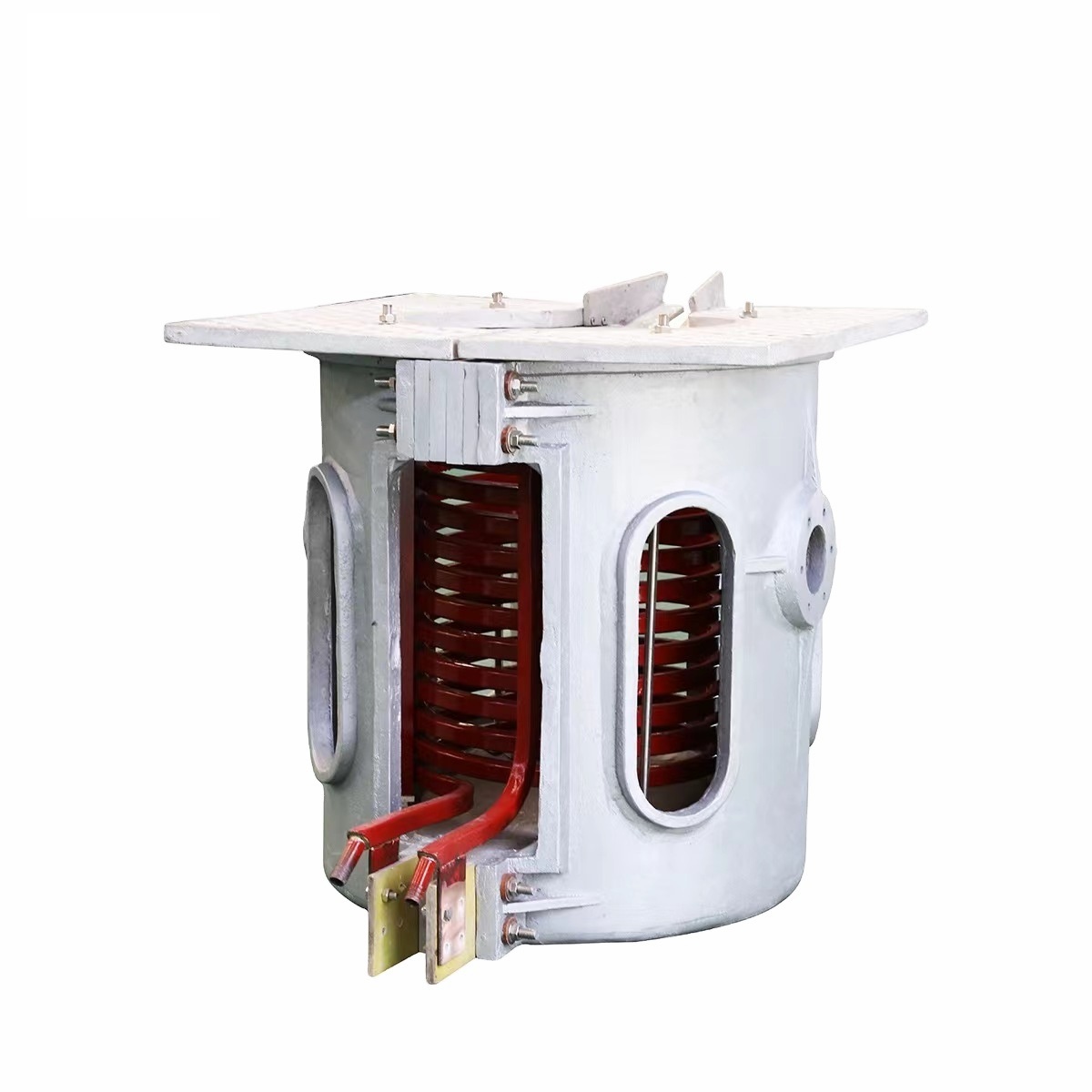Heat Treatment Metallurgy Principles
Principles of Metallurgy
This article presents a simplified equilibrium diagram for low-carbon steel. Below 721°C, the normal structure of carbon steel with a carbon content of 0.3-0.83% is pure iron (ferrite) + pearlite (pearlite is a mixture of lamellar ferrite and cementite). If the temperature rises above 721°C (the so-called Ac line), cementite begins to dissolve into solid solution. Upon reaching the Ac line, the entire material transforms into austenite—a solid solution with a crystal structure completely different from that of the original ferrite. Rapid surface cooling to 350/200°C avoids the reformation of the original ferrite and pearlite, allowing for direct passage through the martensite phase. Rapid carbon precipitation from the remaining martensite results in interlocking crystals within a fine, hard structure, resulting in a hardened austenite. Very hard steel. This rapid cooling method is called quenching (see §3.2). For high-carbon steel (0.8-1.7% carbon), the amount of martensite crystals increases, making the steel harder. Such steels should not be heated all the way to the Acm line; instead, they should be heated to a lower temperature, such as the quenching temperature, and then cooled from this temperature. The required quenching heating temperatures are shown in this article.
 If quenching cooling is not carried out rapidly, the material will revert to its original structure. Therefore, the cooling rate must not fall below a critical value. For carbon steel with a carbon content of 0.3%, using strong water jets is just enough to achieve the critical cooling rate for the steel. This critical value decreases as the carbon content increases. Alloying elements such as molybdenum, chromium, manganese, and nickel also reduce the critical cooling rate.
If quenching cooling is not carried out rapidly, the material will revert to its original structure. Therefore, the cooling rate must not fall below a critical value. For carbon steel with a carbon content of 0.3%, using strong water jets is just enough to achieve the critical cooling rate for the steel. This critical value decreases as the carbon content increases. Alloying elements such as molybdenum, chromium, manganese, and nickel also reduce the critical cooling rate.
The following two facts emerge from simple metallurgical principles.
1. The heating rate should be fast so that the surface reaches the quenching temperature quickly to avoid surface overheating and grain growth.
2. Quenching cooling should be rapid and efficient so that deeper layers do not form martensite unless they also cool at the critical rate.
Rapid heating also involves a trade-off between power density, quenching depth, heating time, and frequency. The heating time should be just enough to achieve the desired quenching depth and to achieve approximately three times the desired quenching depth within a single “heat conduction” cycle. This allows for a smoother transition between the hardened surface layer and the soft center. Power density can be lower and heating time longer to facilitate more precise time control. Obviously, the details of quenching should be determined by the metallurgist. Steel grade, cooling rate, metallurgical treatment of the metal described above, and induction coil design all affect the depth of the hardened layer. Steel with a carbon content of 0.45% exhibits good hardenability.
Two other points should be noted in this article. Regarding carbon content, The steel on the 0.83% line is in the eutectoid state, which means that when the S point is reached, the Acs line and the Ac line must meet. The transformation from pearlite to austenite is instantaneous, without intermediate products or partial dissolution. This also shows that the best mixed structure of ferrite and cementite, namely pearlite, is at

